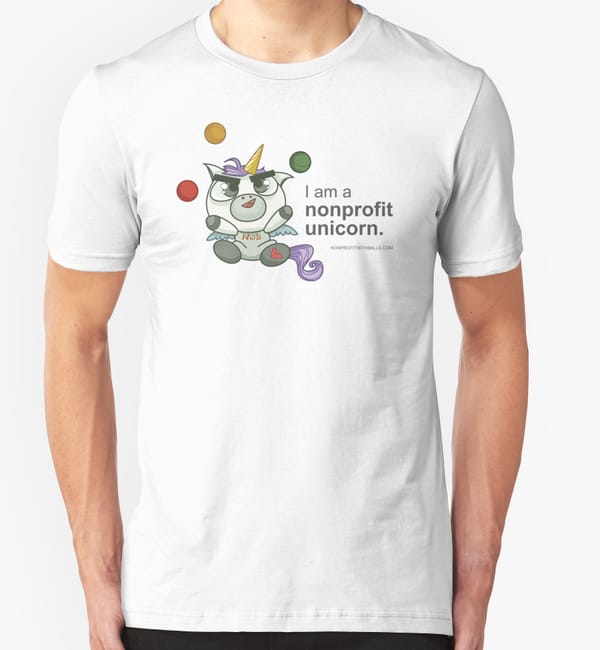Capacity Building
The Mycelium Model for capacity builders, professional associations, funders, and other support organizations
Hi everyone, if you haven’t filled out the Fundraising Perception Survey, please do so. It’ll take 10 minutes and I will send you a baby bunny. (OK, I was just told by our lead evaluator that bribing people with adorable pets would bias the results, so strike that)


